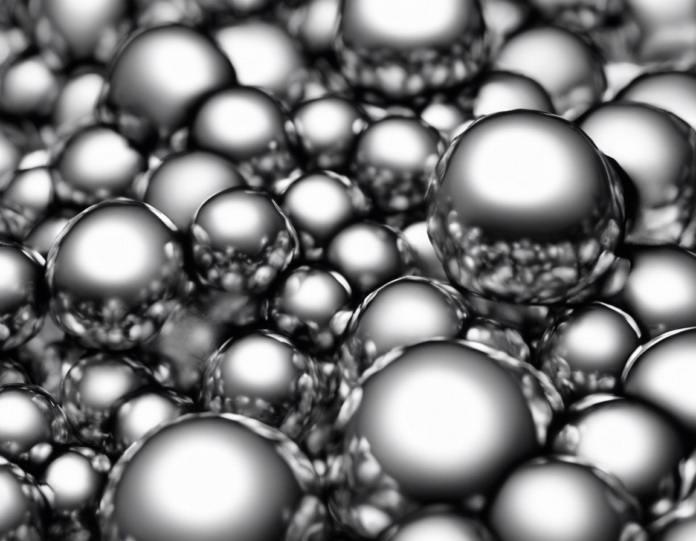Introduction
Boron is a chemical element with the symbol B and atomic number 5. It is classified as a metalloid, which is a type of element that has properties of both metals and nonmetals. In this article, we will explore the characteristics of boron, its properties, uses, and its classification as a metalloid.
Characteristics of Boron
Boron is a unique element with several distinct characteristics that set it apart from other elements on the periodic table. Some key points about the characteristics of boron include:
-
Atomic Structure: Boron has an atomic number of 5 and an atomic weight of 10.81. It has 5 protons, 5 electrons, and usually 6 neutrons.
-
Physical Properties: Boron is a solid at room temperature and is classified as a metalloid. It is a poor conductor of electricity.
-
Chemical Properties: Boron is capable of forming different types of compounds, including covalent compounds and ionic compounds.
-
Natural Abundance: Boron is relatively rare in nature and is typically found in compounds rather than in its pure elemental form.
Is Boron a Metal or Nonmetal?
The classification of boron as a metal or nonmetal has been a subject of debate among scientists. However, based on its properties and characteristics, boron is generally considered to be a metalloid, which is an element that exhibits properties of both metals and nonmetals. Some key factors that contribute to boron’s classification as a metalloid include:
- Electrical Conductivity: Boron is a poor conductor of electricity, which is a characteristic of nonmetals.
- Brittleness: Boron is brittle and hard, similar to metals.
- Chemical Reactivity: Boron can form covalent compounds like a nonmetal, but it also exhibits metallic properties in some chemical reactions.
Overall, boron’s classification as a metalloid reflects its unique properties that do not fit neatly into the categories of metals or nonmetals.
Uses of Boron
Boron has a wide range of applications in various industries due to its unique properties. Some common uses of boron include:
-
Glass and Ceramics: Boron compounds are used in the manufacturing of borosilicate glass, which is known for its high thermal resistance and strength.
-
Fertilizers: Boron is an essential micronutrient for plant growth, and boron-containing fertilizers are used to improve crop yields.
-
Medical Applications: Boron compounds are used in medical imaging and cancer treatment due to their ability to target specific cells.
-
Nuclear Technology: Boron is used in nuclear reactors as a neutron absorber to control nuclear reactions.
-
Flame Retardants: Boron compounds are used in flame retardants to reduce the flammability of materials.
Frequently Asked Questions (FAQs)
-
Is boron a metal or nonmetal?
Boron is classified as a metalloid, which is an element that exhibits properties of both metals and nonmetals. -
What are some common uses of boron?
Boron is used in the manufacturing of glass and ceramics, fertilizers, medical treatments, nuclear technology, and flame retardants. -
Is boron a naturally occurring element?
Yes, boron is a naturally occurring element that is found in compounds in the Earth’s crust. -
Is boron toxic to humans?
In small amounts, boron is an essential micronutrient for humans. However, exposure to high levels of boron can be toxic. -
Can boron be used in sustainable energy applications?
Boron is being investigated for its potential use in energy storage devices, such as lithium boron batteries, to enhance sustainability in the energy sector.
Conclusion
In conclusion, boron is a versatile element that occupies a unique place in the periodic table as a metalloid. Its properties and characteristics make it valuable for a wide range of applications in various industries. By understanding the nature of boron as a metalloid, scientists and researchers can continue to explore its potential uses and benefits in technology, medicine, agriculture, and other fields.




